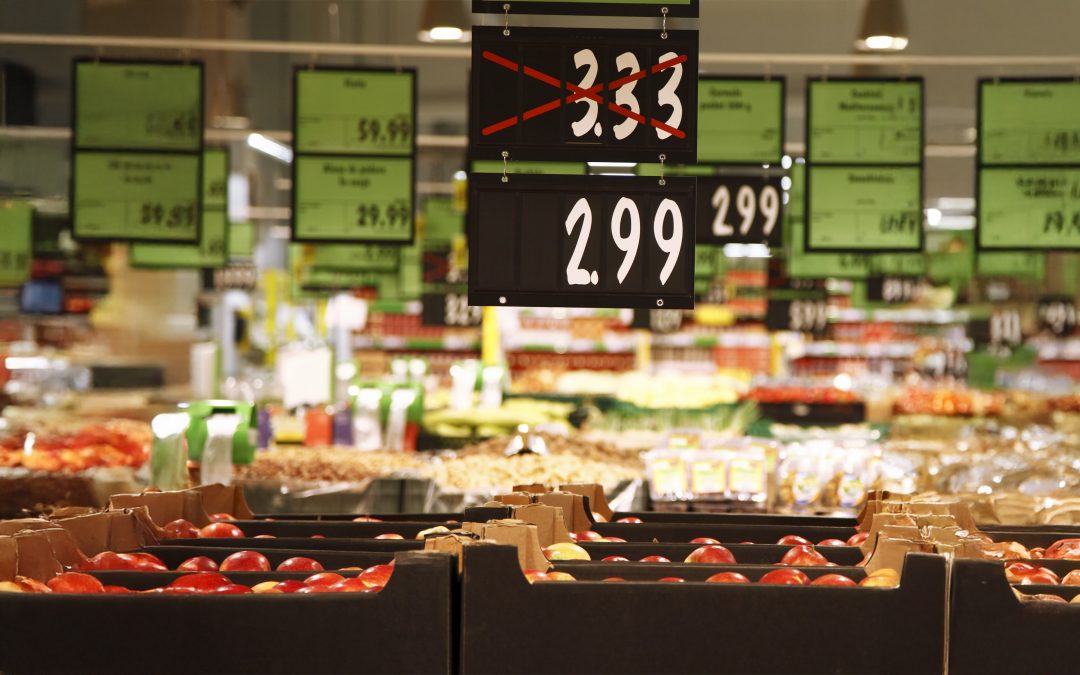Simple display changes in grocery stores could cut food waste while boosting profits
A first-of-its-kind study from the University of Florida provides practical solutions that retailers can implement today to make a meaningful difference in both their bottom line and their environmental impact.
New research from the University of Florida suggests that supermarkets could significantly reduce food waste while increasing their profits through smarter product display and pricing strategies. The study found that retailers could cut food waste by more than 20% while increasing profits by 6% on average.

Associate Professor Amy Pan
“It’s rare to find solutions that benefit both business and the environment, but this appears to be one of them,” said Amy Pan, study co-author and associate professor at the UF Warrington College of Business. “Our findings highlight that strategically selling older products alongside fresh ones can simultaneously boost profits and minimize waste by leveraging the right product display, discounting rate and discount time.”
The findings provide crucial insight into a growing global challenge. Recent estimates suggest that 17% of global food production goes to waste, with retail accounting for 13% of that waste. In the United States alone, up to 40% of food produced is wasted, while one in eight Americans faces food insecurity.
The researchers identified two effective strategies for retailers, depending on the predictability of store traffic. When store traffic is predictable, the researchers find two optimal solutions:
- Unsold products are swapped with a new batch when the current products are due to be replaced, so that there is only one batch on shelves at a time
- Newer batch products are displayed on shelves alongside older products that are sold at a discount
In contrast, when store traffic isn’t predictable, the product display depends on the characteristics of the product, store and consumers. Specifically, the researchers find:
- For products that spoil quickly and have a low disposal cost, like fresh pastries, the best approach is to remove unsold items when new stock arrives
- However, for items with longer shelf lives and high disposal cost, like dairy products, stores can sell older items at discounted prices at the front of shelves while keeping fresher items at their full price on the back of shelves
Even stores that prefer not to discount their products can benefit from simply optimizing their display strategies. The study found that thoughtful product placement alone can significantly improve profits while reducing waste.
The researchers emphasize that while their findings focus on retail-level waste, the benefits extend throughout the supply chain. Farmers benefit from increased orders, retailers save money by reducing waste and consumers get more affordable access to healthy food options.
“What’s particularly exciting about these findings is that everyone wins,” Pan said. “Retailers make more money, consumers get more affordable options and we reduce the environmental impact of food waste.”
This research is forthcoming in Management Science.
Researchers:
- Zumbul Atan – Eindhoven University of Technology Department of Industrial Engineering and Innovation Sciences
- Dorothee Honhon – University of Texas at Dallas Naveen Jindal School of Management
- Amy Pan – University of Florida Warrington College of Business




